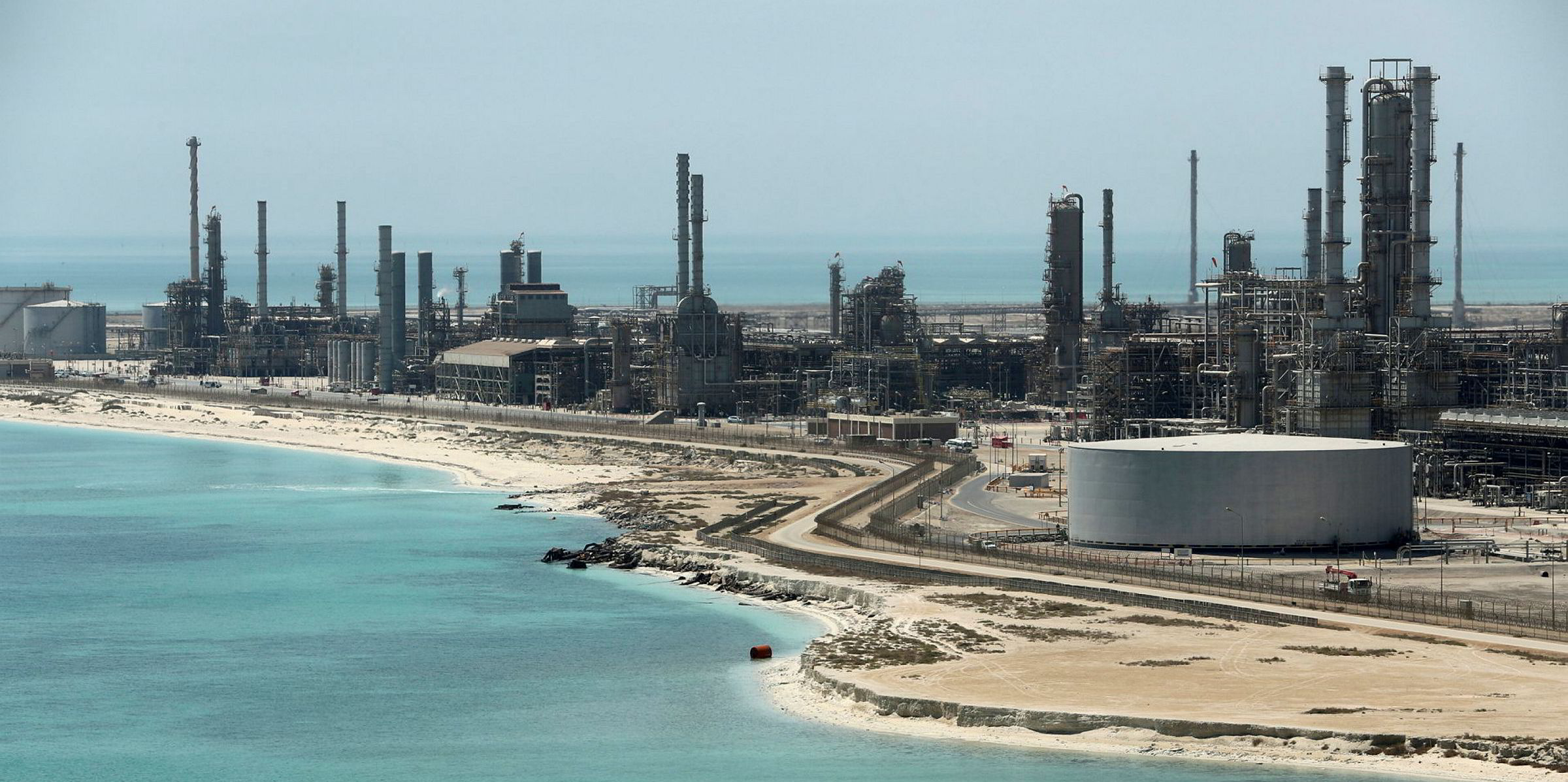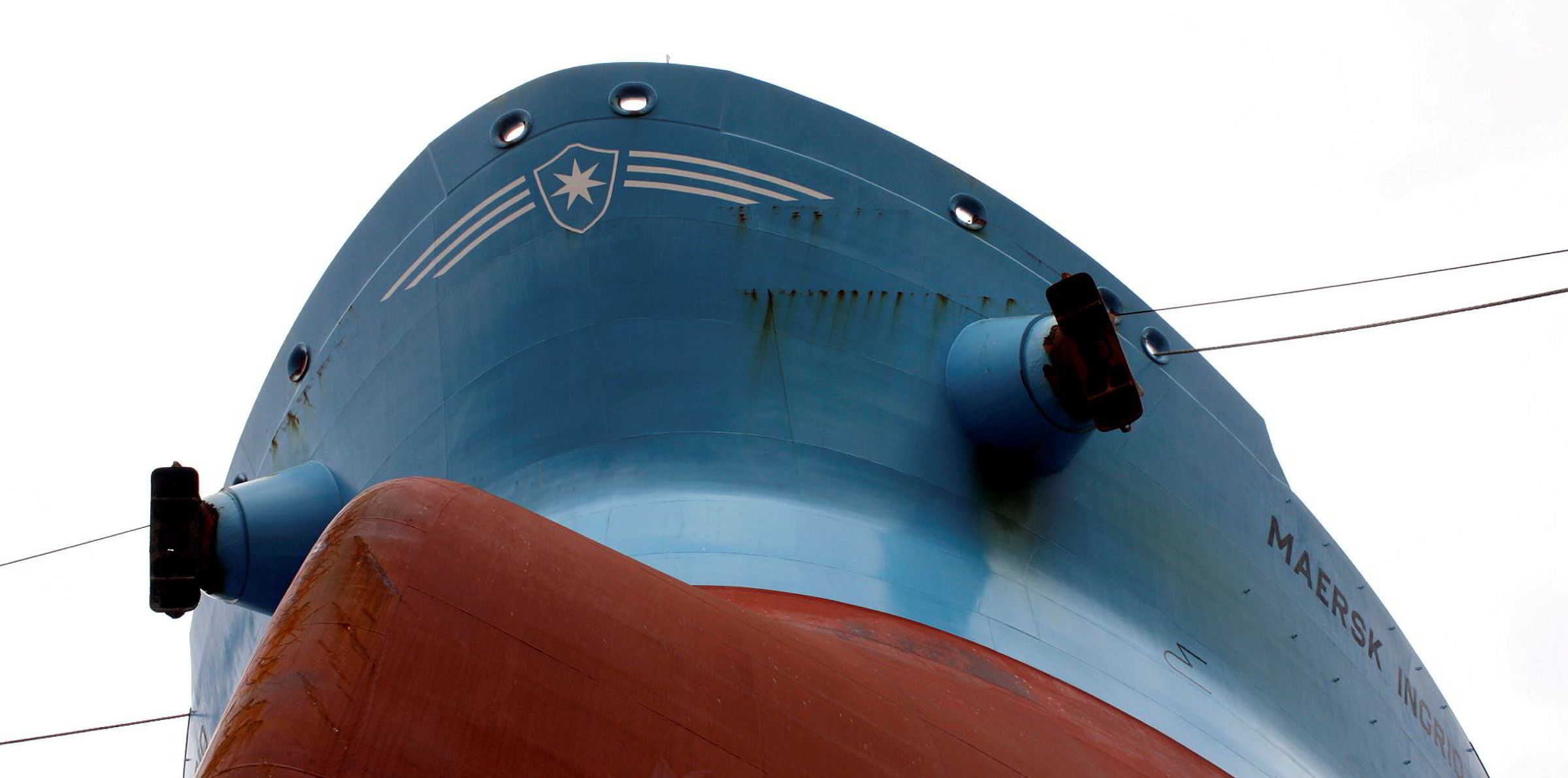The first-ever collapse into negative prices for May contract US benchmark oil prices, as traders panic-sold cargoes in the fear they could not deliver them anywhere, gives tanker operators a window in which to make even more hay while the sun shines.
Lower-than-predicted oil supply cuts and increasing floating storage demand are soaking up tonnage and pushing freight rates potentially back towards record levels.
But the political realities behind the just-concluded Opec+ deal, as well as the slump in demand from economies shutting down in response to the coronavirus pandemic, suggest the good times cannot last long.
Truce called
US President Donald Trump got further than some analysts had expected in persuading Saudi Arabia and Russia to call a truce in their price war.
But the Russians have little incentive to boost the oil price in favour of high-cost US shale producers after sanctions damaged their own industry. Even the Saudis benefit from allowing US production to collapse in the longer term — although they need to find a balance between their economic and political interests.
It is widely thought the proposed target of 9.7m barrels per day (bpd) of cuts envisaged by the Opec+ deal for May and June is unlikely to be hit. There is always back-slippage on agreed reductions, and the agreement came too late to stop many cargo sales for the period being completed.
Actual production cuts in the next two months may be as low as 6m to 7m bpd, SEB Merchant Bank suggested, because countries such as Mexico are not keen on cutting, and others, like Nigeria, had already sold a loading schedule of 2.15m barrels for May, while its production target is now supposed to be only 1.4m barrels.
That unlikelihood of production targets being hit can already be seen in the price of US West Texas Intermediate crude, which crashed to a record low on Monday, with Brent futures prices heading in the same direction.

Negative or near-zero prices do not just reflect an immediate lack of willing buyers or sufficient storage capacity, but, longer-term, the huge imbalance between the promised or probable supply and depressed demand, which is around 25m barrels below last May.
An excess supply of oil that has nowhere to go surely means that at some point in the near future not only will land-based and floating storage fill up, but there will be little requirement or incentive to draw it down.
As SEB Merchant Banking chief commodities analyst Bjarne Schieldrop said this week: “If your bathtub is about to overflow and you turn down the tap a little, it will still overflow.”
A surplus of physical oil has to mean forced production cuts among the highest-cost producers, with US shale oil rig counts already at half the level of this time last year. It means many refineries will need to cut or halt their operations too.
Storage upside
What this means for tanker markets is hard to predict, but at some point the current bonanza must come to a halt, as the movement of oil is largely curtailed once storage is full. The upside for tankers is that a lot of tonnage could be used for that storage while there is little cargo moving on the seas.
Affinity (Shipping) head Richard Fulford-Smith opined this week that the tanker boom still has some way to go. Tanker supply lists are getting shorter as oil continues to be produced and no stock is being taken out of storage, but he alluded to the havoc that will be played with the supply chain, which presumably has to gum up at some point.
Data from Kpler this week showed floating storage of crude and condensate reached 150m barrels on a total of 174 vessels, including 73 VLCCs, up 23.2m barrels over the past week. The International Energy Agency (IEA) predicted this could rise to between 220m and 330m barrels stored at sea.
And seaborne trade could plummet by more than 600m tonnes this year — the biggest decline seen in more than 35 years, Clarksons Research predicted.
At some point, inventories will start to be drawn down — although how quickly that happens will depend on how quickly economies come out of lockdown and whether there is a sustained pick-up in consumer and industrial demand, or if both have been so hard hit that they remain depressed.
No quick rebound
If, as the IEA is projecting, global oil demand can bounce back to 95% of normal levels in the second half of the year, it could push usage and prices up again, maybe even towards what now seem the stratospheric levels of $80 to $100 per barrel. But Schieldrop, for one, would not recommend betting on that scenario happening as fast.
Nevertheless, if the ice age that freezes movement of oil at sea is a relatively short period, then the hard times for tankers could also be limited — creating a high-low-high rate sandwich.








